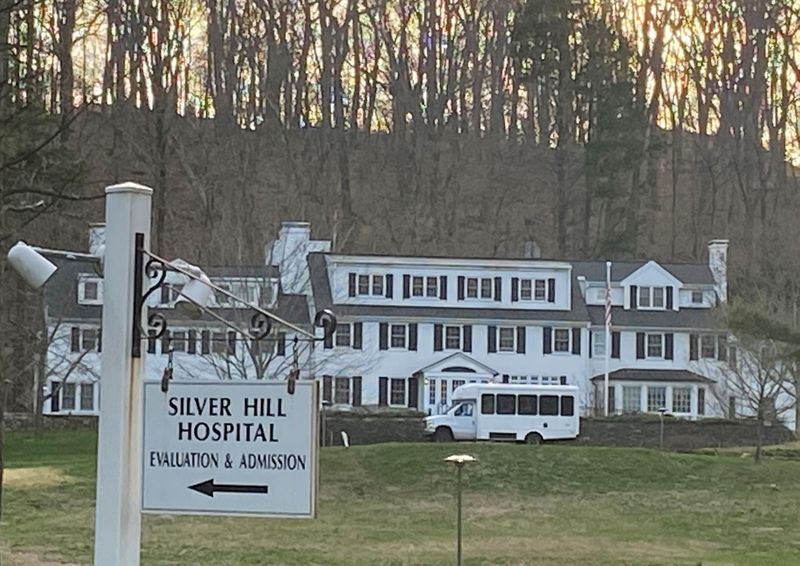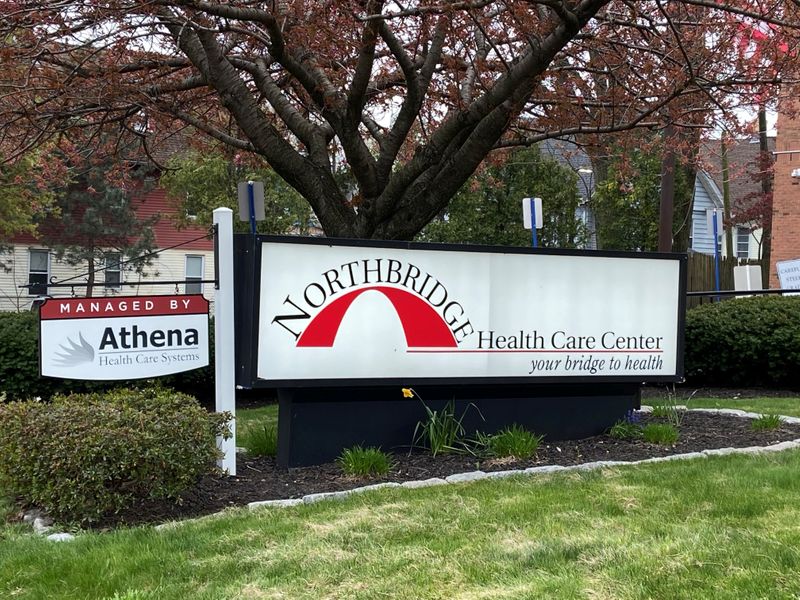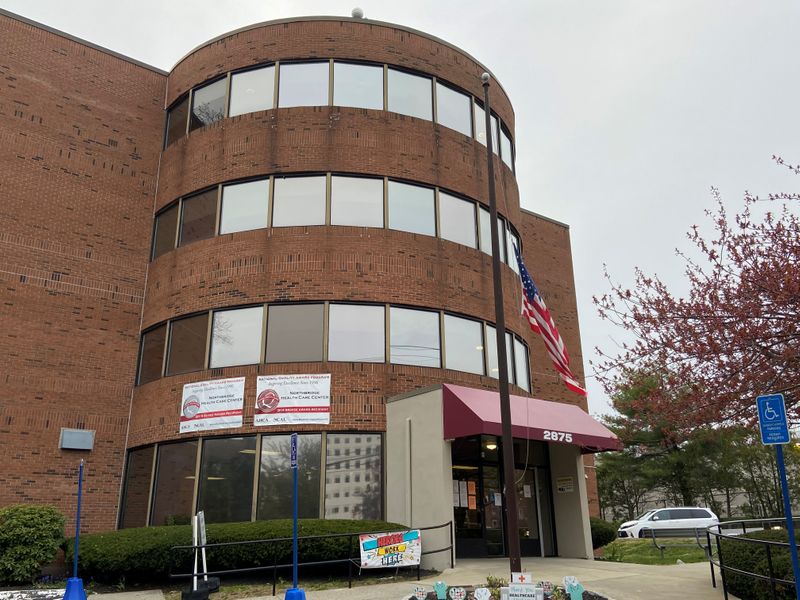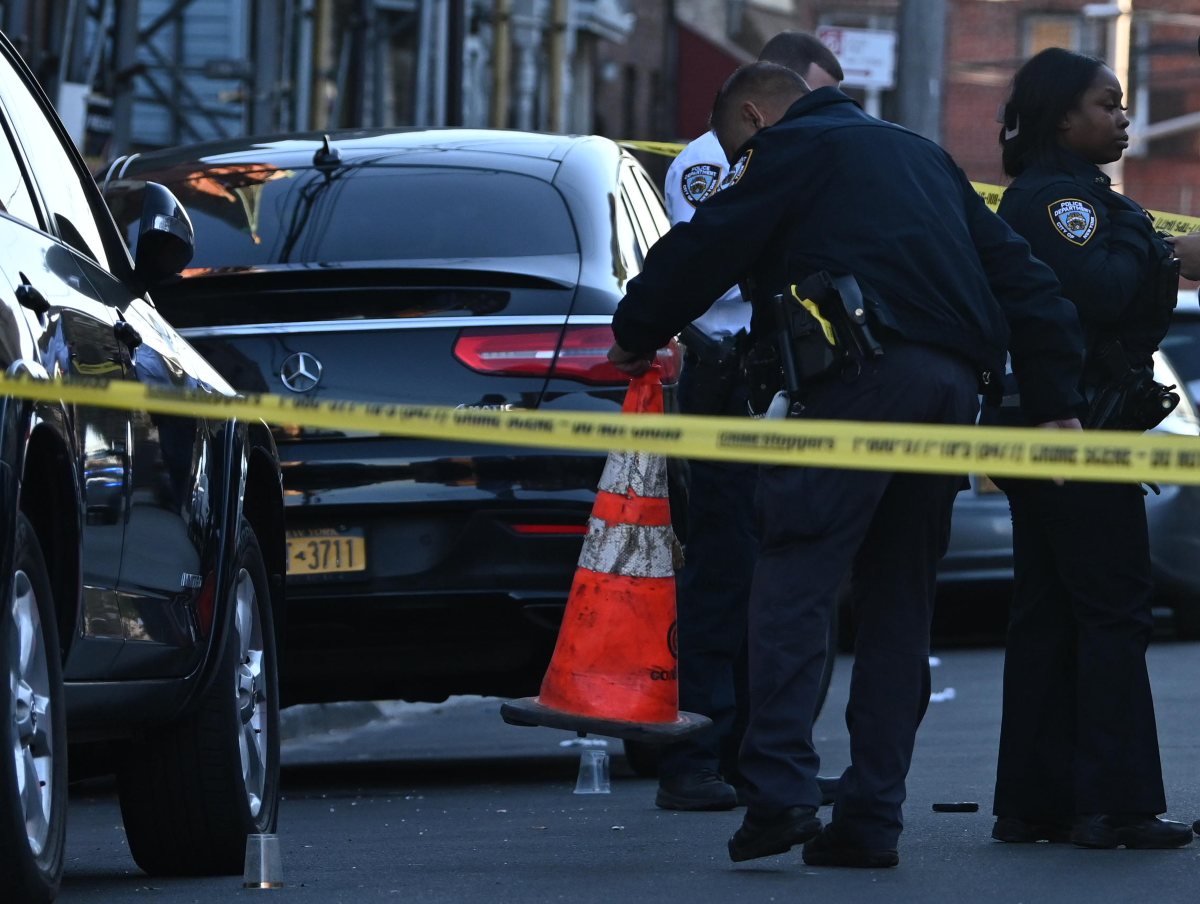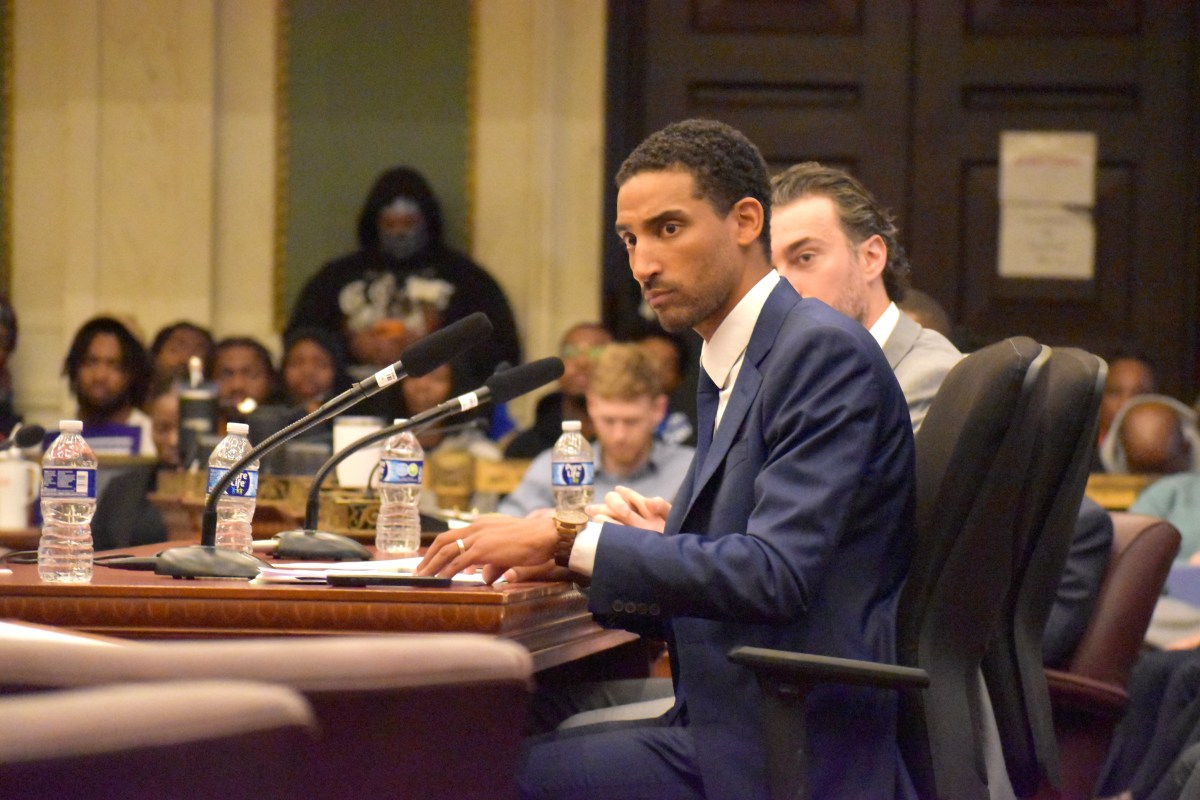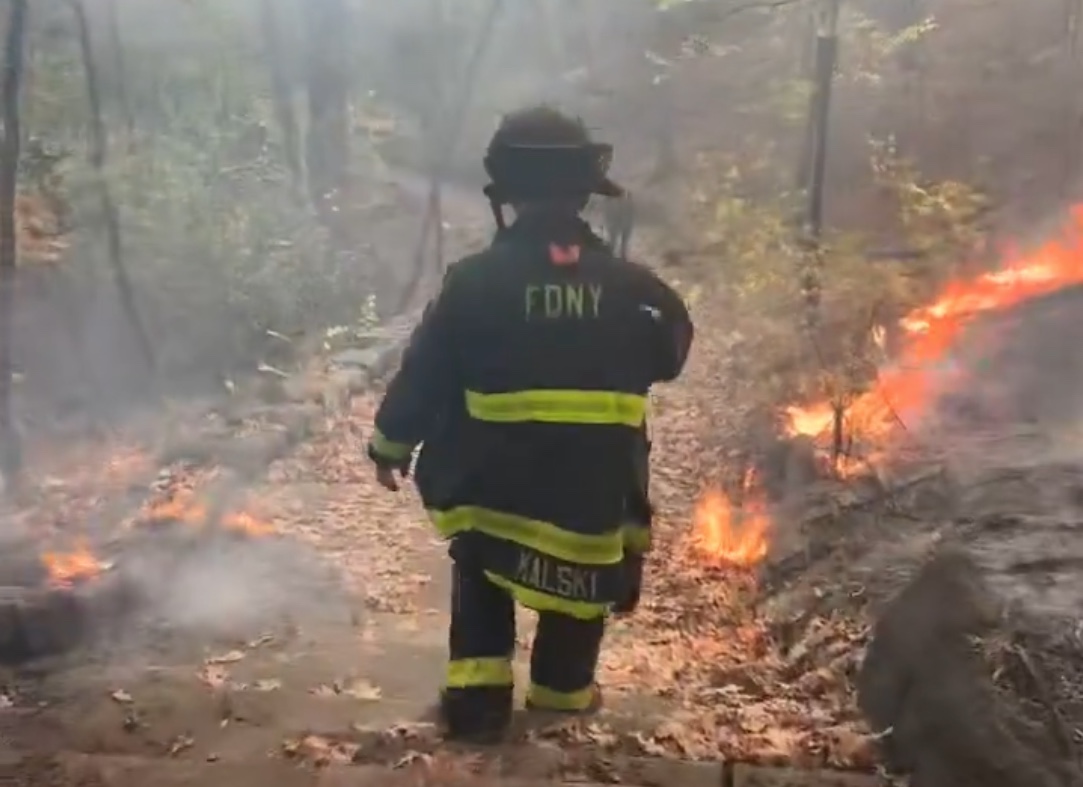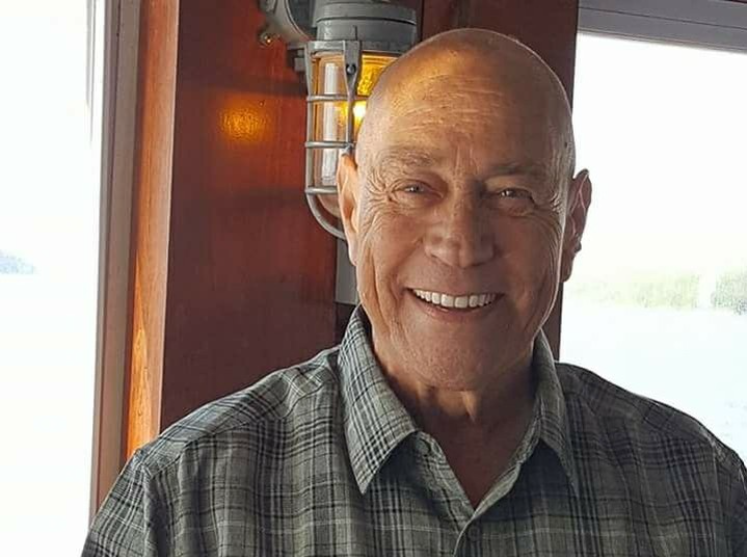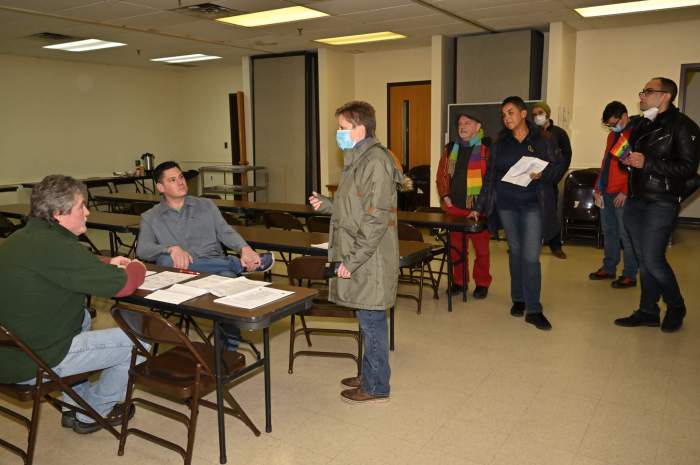BRIDGEPORT, Conn. (Reuters) – On Main Street in Bridgeport, Connecticut, across the road from a hospital grappling with the coronavirus crisis, a nondescript brick building is playing a key role in the state’s plan to free up acute-care beds and protect its ailing nursing homes.
Over the past week, the Northbridge Health Care Center has taken in 46 patients who have recuperated enough from COVID-19 – the disease caused by the virus – to be discharged from a local hospital but are still contagious. Understandably, their long-term care facilities were anxious about readmitting them.
The use of two floors at Northbridge to care exclusively for patients with COVID-19 is part of Connecticut’s “ground war” against a problem vexing officials across the United States: where to send recovering patients who might still infect others if returned to their original place of care, said Barbara Cass, a state health department official who oversees nursing homes.
The state is building a network of such facilities to act as a kind of step-down unit upon discharge from a hospital that could eventually accommodate more than 1,000 people.
While they will take in an array of patients, a primary focus is protecting nursing homes, which account for as much as half of the coronavirus-related deaths in the state.
“Thirty days into this, there is still lots of fear and lots of unknowns,” Cass said in an interview. “The overall goal is to address the surge in hospitals, so that someone who arrives at hospital that is acutely ill can have a bed.”
How states approach this challenge could determine how well they quell the growing crisis at long-term care facilities, which are breeding grounds for the highly contagious virus given the vulnerable older age of the residents, close living quarters and shared staff.
While New York has mandated facilities take back coronavirus patients discharged from a hospital as long as they can provide adequate care, Connecticut is among a handful of states seeking to sidestep that risk.
It has tapped Northbridge and six other nursing facilities as COVID-19 recovery centers, with seven more being considered. To date, 119 patients have been transferred to the three sites currently open, a spokesman for the health department said.
Andrea Iacomacci, senior manager of care coordination at Bridgeport Hospital, said while a few nursing homes have started taking back patients, she has sent about 10 to Northbridge and would send more there in the coming weeks. The transfers have helped the hospital reduce its number of COVID-19 patients to 191 from a peak of 225 a week ago, she said.
Similarly, St. Vincent’s Medical Center has sent eight COVID-19 patients across Main Street to Northbridge, among the dozens who have been cycled out of Hartford HealthCare’s seven hospitals who would otherwise have had remain until they tested negative for the virus.
“We have people who were essentially sitting in the hospital waiting for negative testing to be transitioned to a nursing facility,” said David Santoro, vice president of business operations at Hartford HealthCare Integrated Care Partners. “This is a way to get the patients moving to a lower level of care.”
‘IT’S IN OUR BUILDINGS’
According to a survey of data by ABC News published on Friday, there have been at least 10,631 coronavirus-related deaths among long-term care residents, about a fifth of fatalities nationwide.
Data released by Connecticut on Friday underscored the depth of its crisis, with 768 coronavirus deaths attributed to nursing home residents as of April 22, accounting for a staggering 50% of COVID-19 fatalities.
Interviews with more than a dozen people involved with Connecticut’s plan revealed the challenges they faced in settling on a strategy, especially following new guidance from the U.S. Centers for Disease Control and Prevention (CDC) last month.
On March 30, the same day Connecticut’s health department sent a letter to relatives of nursing home residents flagging the need for “extreme precautions” that could involve splitting them into COVID-negative and COVID-positive homes, the CDC issued guidance indicating a high risk of people without symptoms spreading the disease.
That helped prompt Connecticut’s health department to assume the virus was everywhere. On April 11, another letter went out informing families that, instead of transferring residents, they would cordon off COVID-positive patients within their current homes.
“There has been a breach. It’s in our buildings,” said Matthew Barrett, chief executive of the Connecticut Association of Health Care Facilities, a trade organization that worked with the state on its plan. “Unknown is presumed positive.”
Connecticut is not alone in this approach. Rhode Island has repurposed a facility in Pawtucket to accept COVID-19 patients from the hospital, while Alabama is allowing nursing homes to put beds in separate locations for COVID-positive residents rather than take them back right away.
But Connecticut has been particularly aggressive and vocal about pursuing this path.
When all the planned recovery facilities are up and running, the state will have 800 beds available, with a goal of adding 375 more, said Av Harris, a spokesman for the Department of Public Health.
One of those facilities is Silver Hill Hospital, which specializes in treatment of psychiatric and drug-dependent patients. It converted a former acute care unit and could welcome its first COVID-19 patients this week.
The unit’s former inhabitants, some at risk of suicide, had already been moved to a renovated farmhouse on its sprawling campus in New Canaan, a wealthy commuter town about 50 miles (80.47 km) north of New York City.
“The space was ideal if someone wanted to come in and use it for COVID,” said Andrew Gerber, its president. “This is a time where you have to be flexible and think outside the box.”
(Reporting By Nathan Layne and Jessica Resnick-Ault; Editing by Bill Berkrot)

